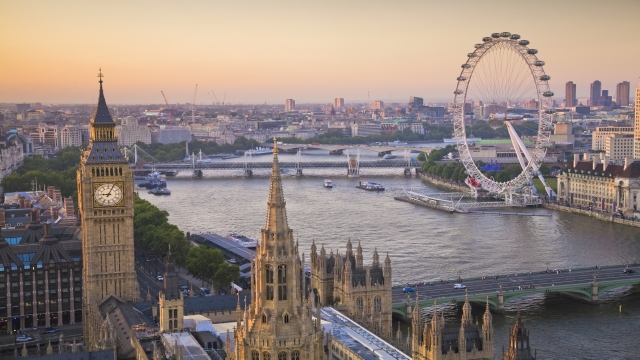London with the blade on the throat

The sign with the inscription “homicide” covers Upper Street. We are not in the Far West, but in central London. They say this is the street with the most restaurants in all of Europe. In the neighborhood of which it is the main artery, Islington, inhabited the labor leader Tony Blair before moving to Downing Street, and now his successor inhabits Jeremy Corbyn. Here the writer Nick Hornby has his studio. And a few hundred meters away, not by chance, is the stadium of his favorite team: Arsenal.
But a recent Saturday night around midnight, in this intellectual, affluent and left-wing area, the ruthless crime of which the cartel informs was consummated: Jonathan McPhillips, 28, father of two, was stabbed at the exit of a pub and died shortly after. The cause of the brutal attack is unknown. The murderer remains unknown. So, Scotland Yard has attached posters on walls and streetlights: “If you have information, please call this number.”
It is not an isolated case. Last year in the British capital 61 people were stabbed to death and knife-related crimes totaled more than 13 thousand, a 24 percent increase compared to 2015. This year, a new record will probably be recorded. In the space of just two weeks, in May, there were 11 homicide victims with a “white weapon”: almost one a day. At the national level, every 14 minutes someone flashes a knife with a violent or criminal purpose. And out of 40,000 such incidents reported to the police in the last twelve months, a third occurred in London. Almost a virus, sometimes lethal. Other times the damage is only economic. As happened to Abla, a young deliveryman on a scooter, surrounded by five guys on a motorcycle at a Tottenham junction while the traffic light was red: the attackers pulled out the knives and took it all away.
According to a report by the Police and Crime Committee, only 5 percent of these crimes are linked to the activity of youth gangs, which are formed above all in the endless suburbs of the city. But the victims are often minors: the newspapers present it as a “massacre of children”. Why do so many wander with the knife in their pocket? “There are those who do it in order to feel protected and who as a status symbol,” says Paul McKenzie, injured 15 years old by a contemporary with a machete and since then committed to educating young people to stay away from these weapons. Most crimes of this type occur outside the center, away from the lights of Piccadilly, but gangs of teenagers on motorcycles, armed with knives and hammers, unrecognizable thanks to their helmet, have recently carried out a raid on the central Regent Street, picking up tourists who were shopping
Statistics indicate that 65 percent of the stabbed prisoners belong to ethnic minorities. “But many of the accidents are not even reported to the authorities,” says McKenzie. An impression confirmed by official data: although the crimes in question are soaring, the number of arrests has fallen from one year to the next by 8 percent throughout the country. This contradiction conceals a reason for the British stabbing epidemic.
As revealed by a BBC survey , today London has become more dangerous than New York: you are seven times more likely to be robbed under the Big Ben than under the Empire State Building, and in the British capital there are more crimes than in the Big Apple for every category except murders, but also in this field the gap is closing.
Yet London and New York have the same number of inhabitants, about 8 million, the same security budget, 3 billion dollars a year, and the same number of policemen, 30 thousand. So how come New York, despite the dominant opinion, is substantially safer? Not because in England there is more “Islamic extremism”, as Donald Trump said in one of his tweets, blaming terrorism, which, after three attacks in London in a few months, also made a massacre in New York .
The reason is that London has changed the way it uses its law enforcement agencies, renouncing the bobbies patrol, its characteristic unarmed agents, to concentrate on the most serious crimes. A decision conditioned in part by the terrorist offensive, but mainly by budget cuts, launched when current Prime Minister Theresa May was Interior Minister, and by excessive bureaucratization of Scotland Yard, where too many policemen sit behind a desk instead of patrolling the streets, getting to know the people of the neighborhood, preventing anti-social behavior with their presence, often the root of small and large crime. Meanwhile the news arrives that in Betts Park, in the Bromley district, a teenager was stabbed to death. The attack took place at 7.22pm. No arrests have been made. Soon, to look for information, another flyer will be posted with the words ” murder“.


